
After a 100-kilometer drive beginning from Laos' capital city Vientiane to the north along the Vientiane-Vang Vieng expressway, a large modern cement plant amidst the continuous Karst mountains leaps to the eyes. The plant includes the old Lao Vangvieng Cement Company Limited, Vangvieng Cement Plant No.II, and new Lao Vangvieng Cement Company Limited, where 61-year-old Laotian Thanhchay has been working hard for half of his life.
In 1994, with assistance and technical support from China, the first cement plant in Laos, Lao Vangvieng Cement Company Limited, was completed and put into operation. The production of Kating Thong brand Cement by the plant ended the history of Laos' inability to produce cement independently and cultivated the first batch of talents in the cement industry, including Thanhchay. This marked the beginning of a new chapter in Laos' industrial development. Due to its unique significance, in 1997, the Lao government printed the full view of Lao Vangvieng Cement Company Limited on the highest value banknote, 5000-kip, at that time.
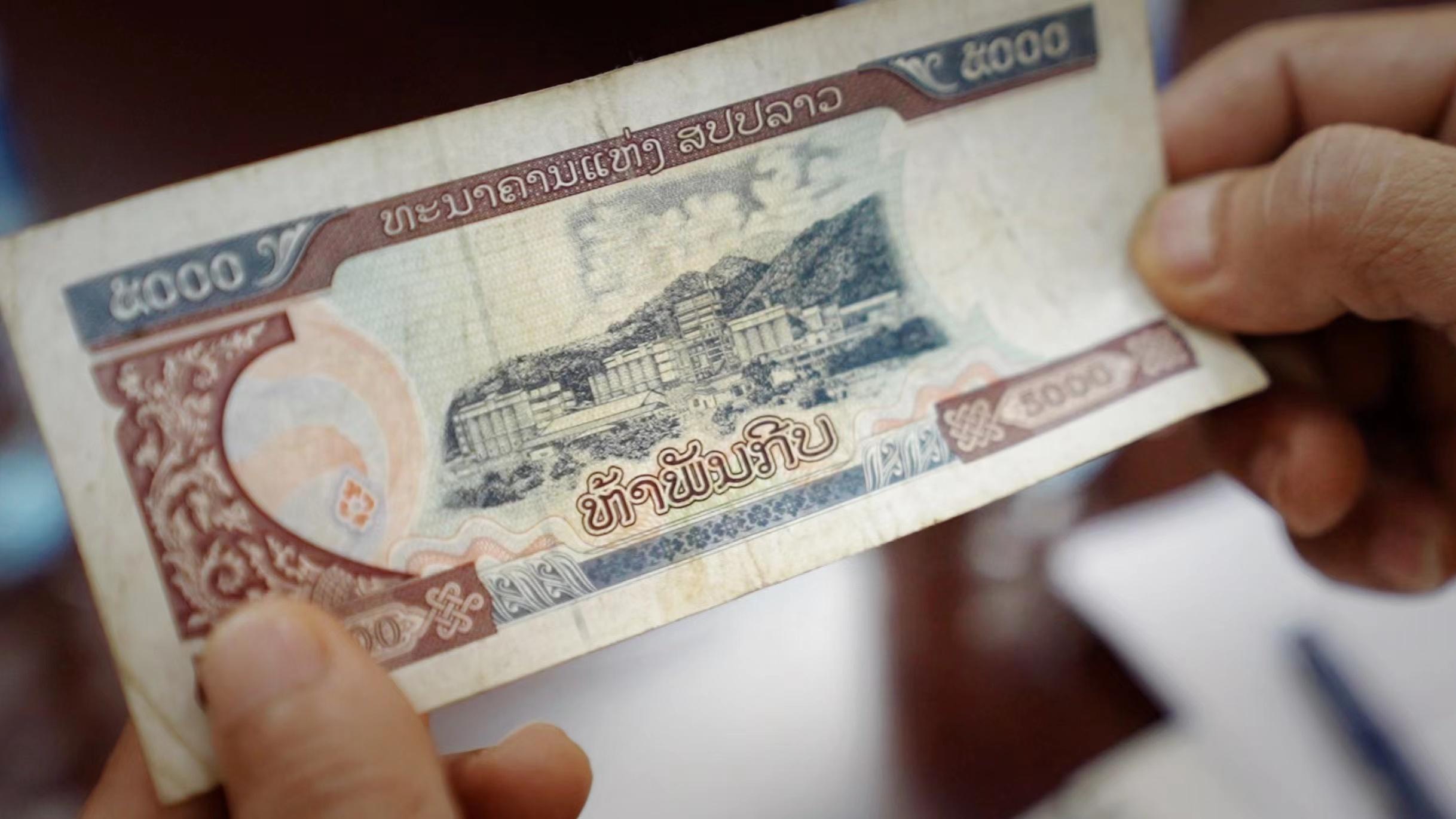
To this day, Kating Thong brand Cement is still well-known and widely used in the development and construction of major projects in Laos and the Belt and Road Initiative. Recently, Yangcheng Evening News visited this factory, which presents the history of cooperation in cement between China and Laos, and witnessed this friendship between China and Laos cast in cement.
Self-produced cement build Laos' independence
During the rainy season in Laos, the Red Bull statue standing in the cement factory appears even brighter due to the rain. "This statue was erected to commemorate the completion of t the Lao Vangvieng Cement Company Limited, and it has a history of about 30 years. The statue's design is based on the Kating Thong brand logo, symbolizing diligence and hard work," said Thanhchay, the Deputy General Manager of Lao Cement company and Head of the former Lao Vangvieng Cement Company Limited, as he looked at the statue.
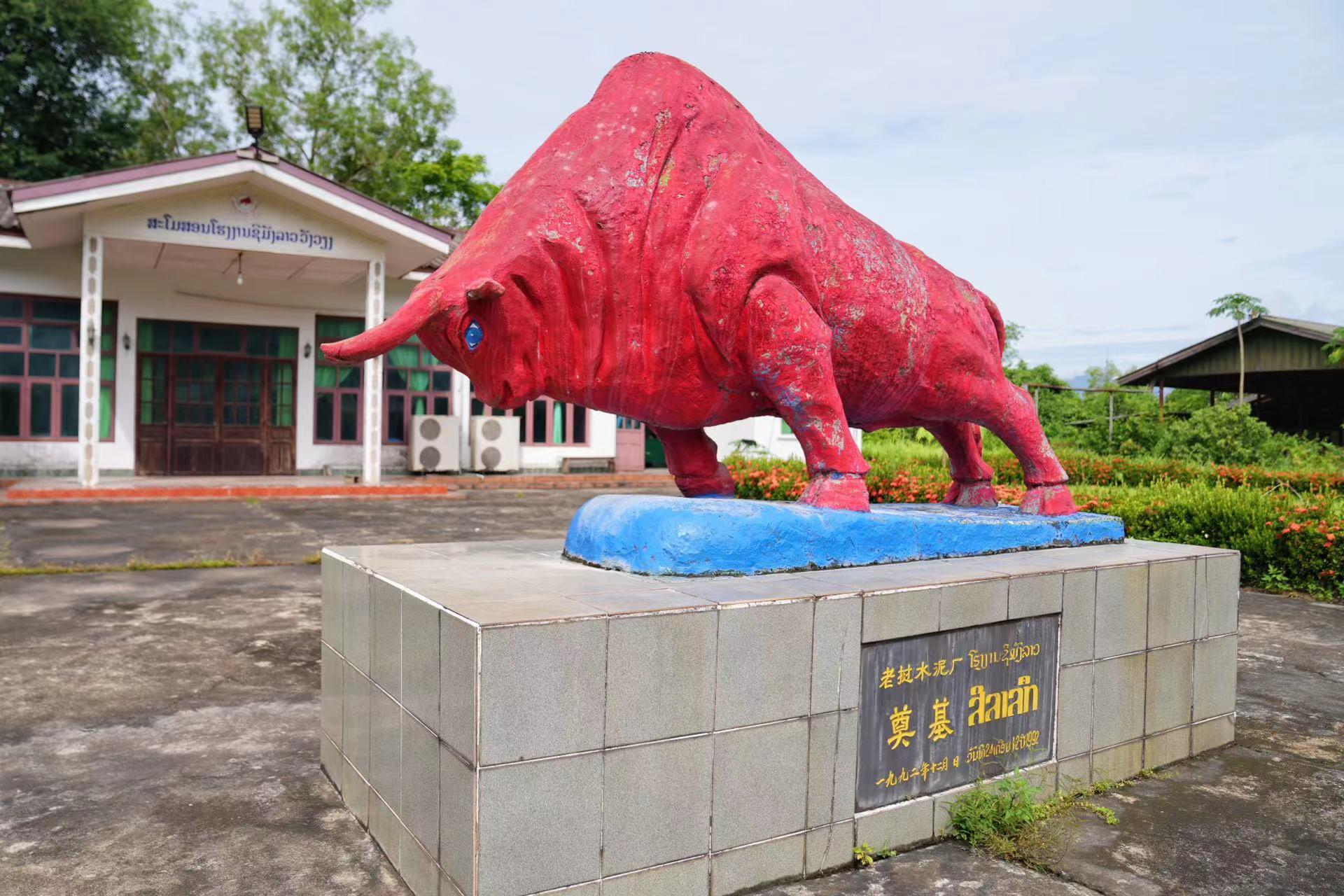
Time goes back to 1975 when the Lao People's Democratic Republic was just established and began to gradually resume economic development. Thanhchay told reporters that the first ten years were particularly difficult, because Laos did not have much infrastructure, and all the cement used relied on imports. In 1986, the state implemented the policy of "reform and opening up", and the speed of economic development accelerated. As an indispensable raw material for national infrastructure construction, cement's demand is increasing. "We decided to build our own cement plant and change the situation of being totally dependent on imports."
Due to a lack of experience in cement production, the Laotian government sought help from China. In 1992, with assistance from China, the first cement plant in Laos was established and located in Vangvieng County, which is rich in limestone resources. It was named Lao Vangvieng Cement Company Limited. At the time, Thanhchay, who was 30 years old at that time, was sent as a representative by the Laotian government to participate in the construction and management of the cement plant.

In 1994, the cement plant was completed and put into operation, adopting the vertical shaft kiln technology. It has an annual cement production capacity of about 80,000 tons, breaking the monopoly of imported cement in the domestic market of Laos. The cement produced by the plant is widely used in the construction of major national projects, contributing to the reduction of foreign exchange expenditure and the economic and social development of Laos. In the following three years, the Chinese team took over the production and operation tasks and trained the first batch of talents in the cement industry for Laos.
In 1997, the Lao Vangvieng Cement Company Limited was officially handed over to Laos for management. In the same year, the complete picture of the plant was printed on the newly issued 5000-kip banknote. "We are very honored that the government has printed our cement factory on the banknote!" In Thanhchay's view, Lao Vangvieng Cement Company Limited, on the one hand, is the first cement factory in Laos, which opens a new chapter in the country's industrial development; on the other hand, it is a good start for cement cooperation between China and Laos, which will promote the establishment of closer cooperation between the two countries.
Enhancing technology to expand cement production
Entering the 21st century, with the development of Laos' economy, the demand for domestic cement has greatly increased, and there is a shortage of supply for Kating Thong brand Cement.
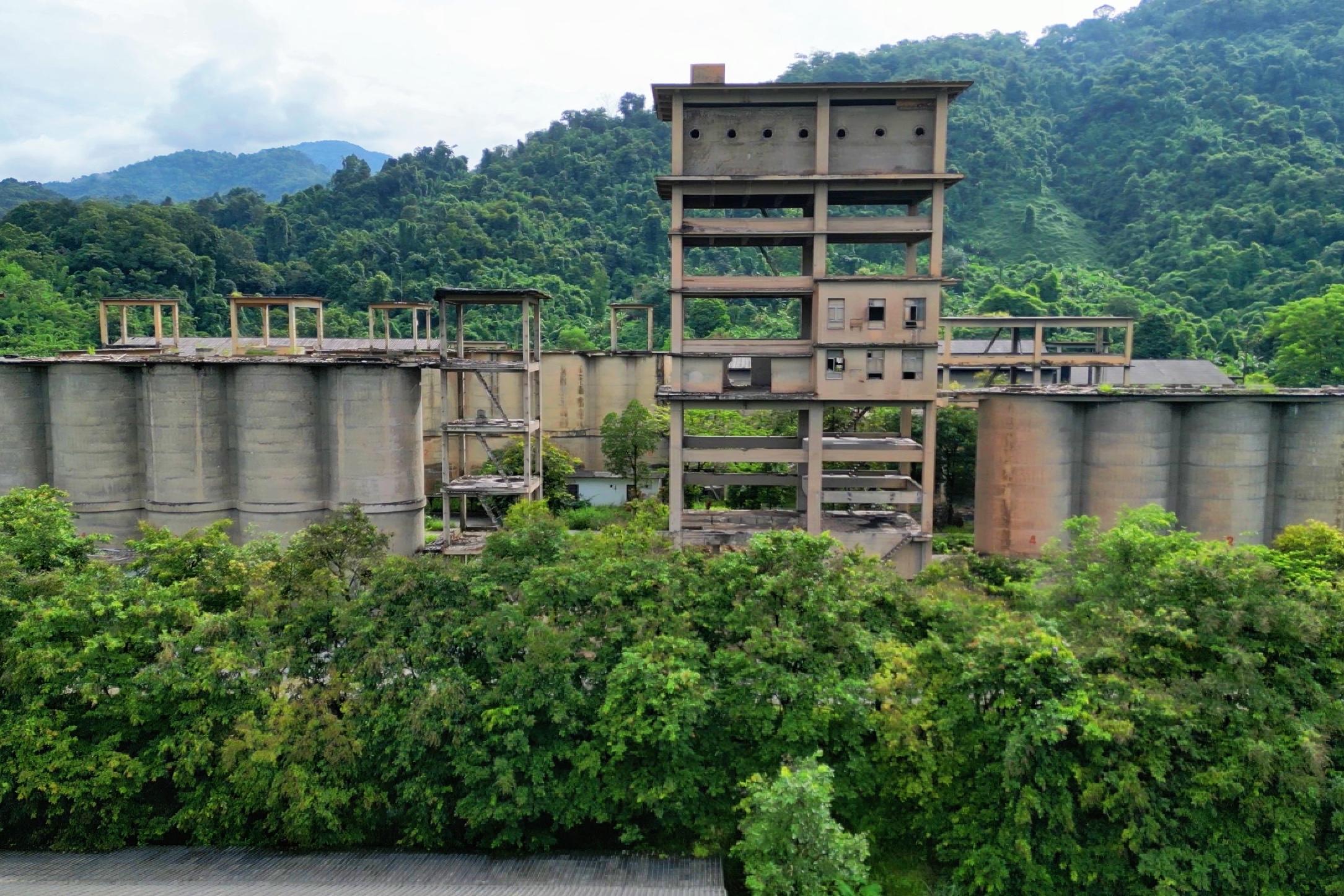
According to Thanhchay's introduction, due to his experience in managing Lao Vangvieng Cement Company Limited, he was arranged to participate in the construction of new Lao Cement Company Limited in 2009. In 2013, the new Lao Cement Company Limited was completed and put into operation, adopting advanced rotary kiln technology, with a daily production of 2,500 tons of cement clinker, becoming the largest cement production enterprise in Laos at that time.
Now in the cement factory, in addition to the huge production machines, there are rows of green trees, large grasslands, and butterflies flying everywhere. Liu Wenzeng, the Deputy General Manager of Lao Cement Company Limited, told reporters that while the cement factory benefits and provides tax revenue for the local area, it also provides a large number of job positions. Currently, the cement factory has more than 200 local employees and more than 20 Chinese employees.
Cement casting more "Roads of Friendship" between China and Laos
This year marks the tenth anniversary of the production of new Lao Cement Company Limited, and also the tenth anniversary of the proposal of the Belt and Road Initiative. It is reported that over the past ten years, the cement plant has produced nearly 3 million tons of Kating Thong brand Cement and has actively participated in the development and construction of Laos and major projects under the Belt and Road Initiative.
"Because of the Belt and Road Initiative, our country has the first modern railway – the China-Laos Railway, the first expressway – Vientiane-Vang Vieng expressway, as well as many hydropower stations, economic development zones and other projects that use our cement, and the lives of our people have become better because of the Belt and Road Initiative," said Thanhchay.
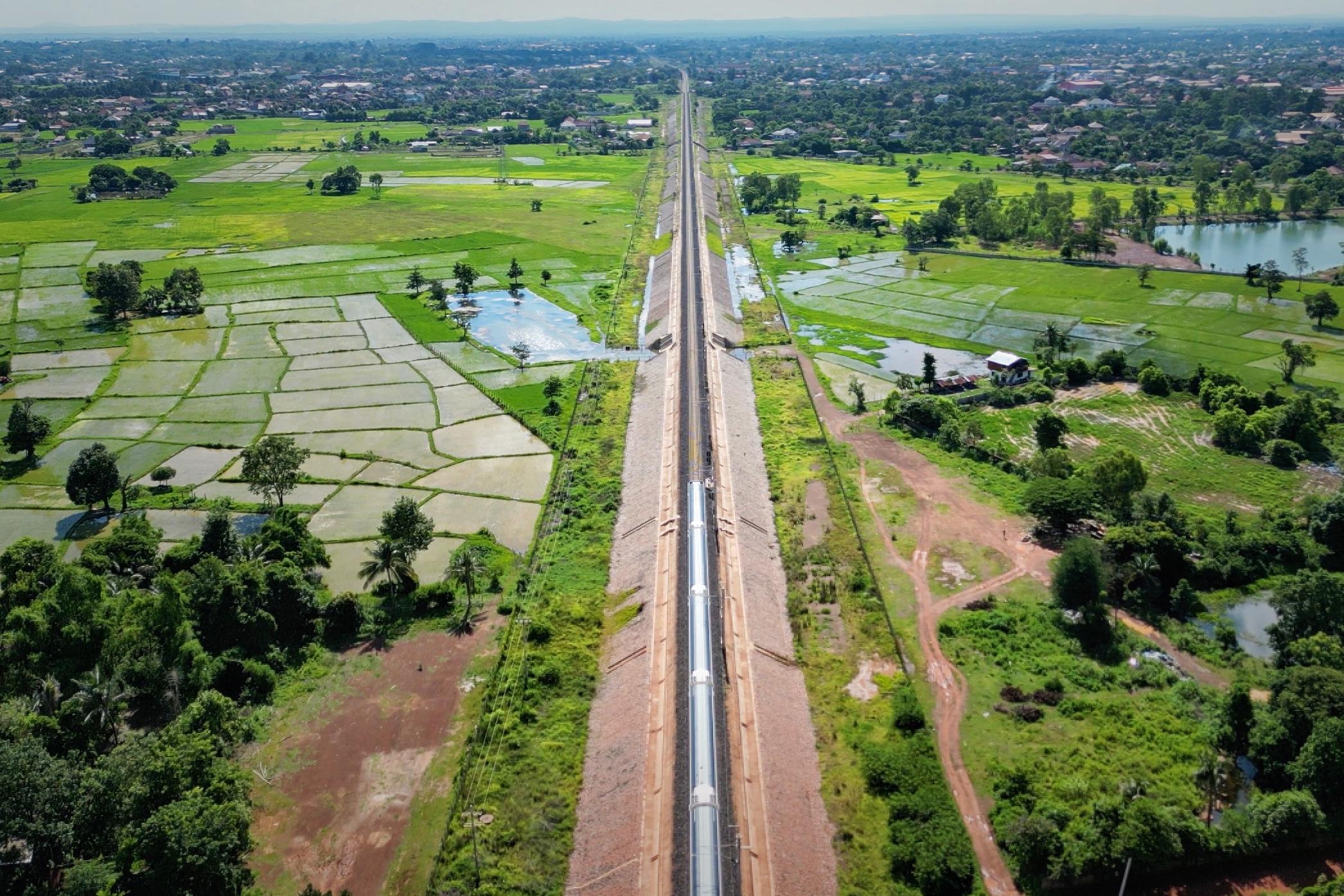
In April this year, international passenger trains of the China-Laos Railway officially opened in two directions between China's Kunming South Railway Station and Vientiane Station in Laos. While further facilitating exchanges between the two countries, deepening mutual friendship and promoting economic development, this "reinforced cement dragon" that crosses mountains and rivers has also made inland transportation in Laos smoother and injected vitality into the local tourism industry.
Yan Yan, a 20-year-old college student in Laos, told reporters that before the opening of the China-Laos Railway, she had to take a bus for more than ten hours from her school in Vientiane to her hometown, Muang Xay. Now, she can get home by taking a high-speed train for only two hours.
"Since I was young, my family has always told me that China is a beautiful country. I hope one day I can take the China-Laos Railway international passenger train to travel to China!" Yan Yan said with great anticipation.
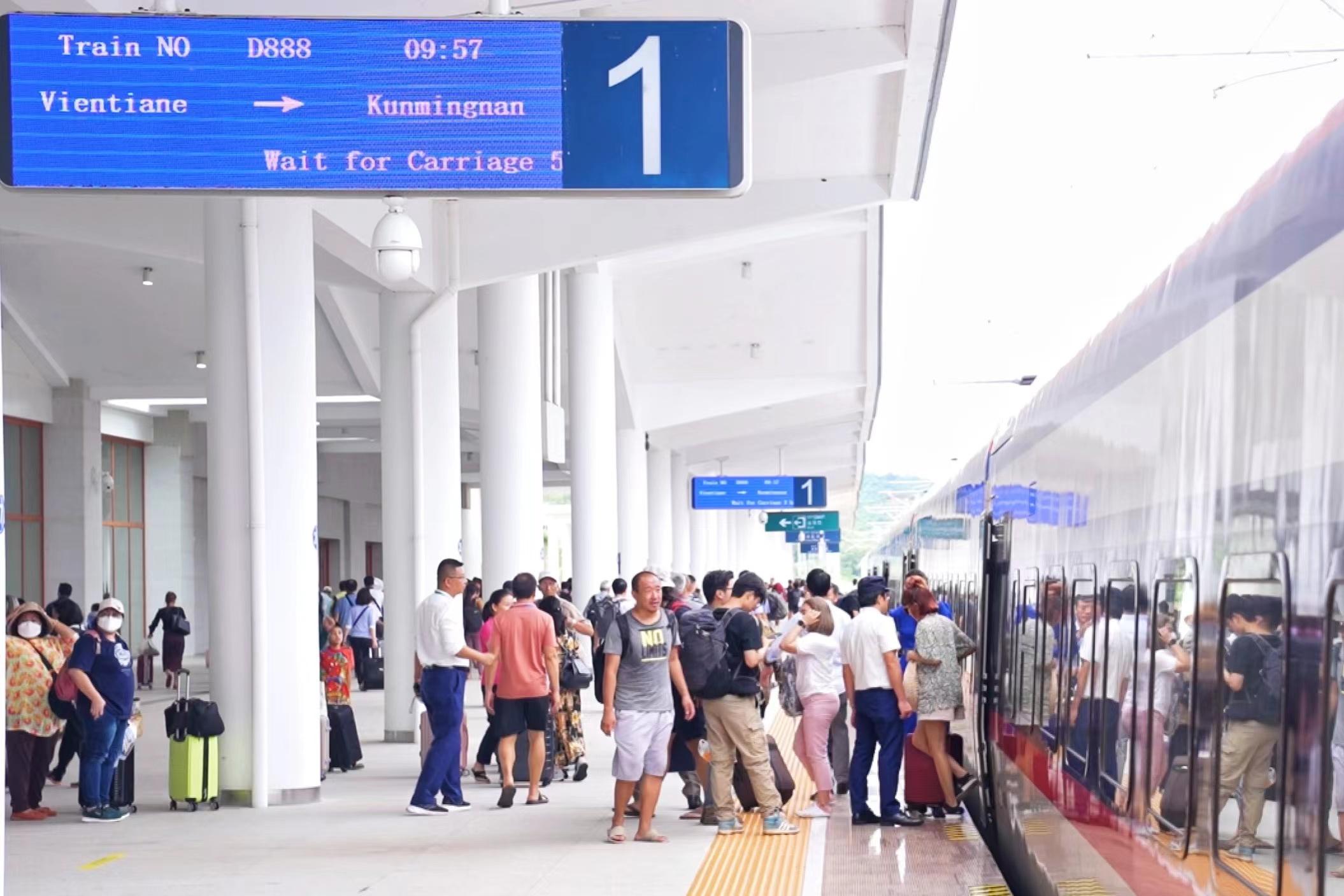
Chen Chen, who is studying at the School of Journalism and Communication, Tsinghua University, took the opportunity of summer vacation to travel to Luang Prabang, Laos from Xishuangbanna, Yunnan, China by the China-Laos Railway international passenger train. She said that it was a very interesting experience to travel abroad by high-speed rail. On the train, she met passengers and businessmen from different countries and had a great time talking with them. "After arriving in Laos, I truly realized that it is such an ancient and beautiful country. Luang Prabang is a city full of exotic charm. The local people in Laos are also very friendly. I believe that through the China-Laos Railway, more and more people will discover this 'treasure land'."
绿野山间,一座水泥厂见证“中老友谊路”
从老挝首都万象市出发,沿着万(象)万(荣)高速一路向北,行驶一百多公里后,一座以连绵起伏的喀斯特群山为背景的、庞大的现代化水泥厂愈发清晰可见——这是万荣水泥一厂、二厂和万荣水泥有限公司的厂区所在地,也是61岁的老挝人坦在奋斗半生的地方。
1994年,由中方帮助建设并提供技术支持的老挝首家水泥厂——万荣水泥一厂建成投产,其生产的牛牌水泥结束了老挝不能自主生产水泥的历史,为老挝培养了包括坦在在内的首批水泥行业人才,揭开了国家工业发展的新篇章。因为这个独特的意义,1997年,老挝政府将万荣水泥一厂的全貌印在了当时发行面值最大的5000基普的纸币上。
时至今日,牛牌水泥仍然家喻户晓,被广泛使用在老挝国家发展建设和“一带一路”重大项目中。近日,羊城晚报记者走进这片浓缩了中老双方水泥合作历史的厂区,见证这条用水泥凝铸而成的“中老友谊路”。
自产水泥摆脱进口依赖
正值老挝雨季,矗立在水泥厂厂区路旁的红牛雕像因为雨水的冲刷显得更加鲜亮。“这座雕像是为纪念万荣水泥一厂竣工而设的,到今天大约有30年历史,形象用的是牛牌水泥上的那只牛,象征勤奋与努力。”看着雕像,万荣水泥有限公司副总经理、前万荣水泥一厂厂长坦在回忆道。
时间回到1975年,当时老挝人民民主共和国刚成立,开始逐步恢复经济发展。坦在告诉记者,开头的十几年特别困难,国家没有多少基础设施,所用水泥全部依赖进口。1986年,国家实行“革新开放”政策,经济发展速度加快,水泥作为国家基础设施建设中不可或缺的原材料,需求越来越大。“我们决定建设自己的水泥厂,改变完全依赖进口的局面。”
由于缺乏生产水泥的经验,老挝政府向中国寻求帮助。1992年,由中方帮助建设的老挝首家水泥厂开工建设,选址在石灰石资源丰富的万荣县,命名为万荣水泥一厂。当时30岁的坦在作为老挝政府派来的代表,参与水泥厂的建设与管理工作。
1994年,水泥厂竣工投产,采用立窑工艺,年产水泥约8万吨,打破了进口水泥垄断老挝国内市场的局面。该厂所生产的水泥被广泛用于国家各大项目的建设中,为老挝减少外汇支出、经济社会发展作出了贡献。其后三年,中方团队承包生产经营任务,并为老挝培养出首批水泥行业的人才。
1997年,万荣水泥一厂被正式移交老方管理。同年,万荣水泥一厂的全貌被印在新发行的5000基普纸币上。“很高兴政府把水泥厂印在纸币上,这是我们的荣誉!”在坦在看来,万荣水泥一厂能被印在纸币上,一方面是它作为老挝首家水泥厂,揭开了国家工业发展的新篇章;另一方面是它作为中老双方在水泥合作上的良好开端,将推动双方建立更紧密的合作关系。
提升技术扩大水泥生产
进入21世纪,随着国家经济的发展,老挝对国产水泥的需求量大增,牛牌水泥供不应求。
据坦在介绍,因为有管理万荣水泥一厂的经验,2009年他被安排参与万荣水泥有限公司的筹建工作。2013年,万荣水泥有限公司建成投产,采用先进的旋窑工艺,日产水泥熟料2500吨,一跃成为老挝国内当时最大的水泥生产企业。
如今走在水泥厂厂区,目之所及除了庞大的生产机器,还有成列的绿树、大片的草地、随处飞舞的蝴蝶。万荣水泥有限公司常务副总经理刘文增告诉记者,水泥厂在实现项目收益、为当地提供税收的同时,还提供大量工作岗位,目前水泥厂有老方员工200多名,中方员工20多名。
水泥凝铸更多“友谊路”
今年是万荣水泥有限公司投产第十年,也是共建“一带一路”倡议提出十周年。据介绍,十年来,水泥厂生产牛牌水泥将近300万吨,深度参与到老挝国家发展建设和“一带一路”重大项目中。
“因为‘一带一路’倡议,我们国家有了第一条现代化铁路——中老铁路,第一条高速公路——万(象)万(荣)高速,还有多个水电站、经济开发区等项目都有使用我们的水泥,我国人民的生活也因为‘一带一路’倡议变得更好了。”坦在高兴地说。
今年4月,中老铁路国际旅客列车正式从中国昆明南站、老挝万象站双向对开。这条跨越山河的“钢筋水泥巨龙”,在进一步便利两国交流往来、加深彼此友谊、促进经济发展的同时,也让老挝的内陆交通变得更为通畅,为当地旅游业注入活力。
20岁的燕燕是一名老挝在校大学生。她告诉记者,中老铁路开通前,她从学校所在的万象市到家乡孟赛需要坐十几个小时的大巴车,现在,只要搭乘2个小时的高铁动车,她就能到家了。
“从小我的家人就告诉我,中国是个美丽的国家,我希望有一天能搭乘中老铁路国际旅客列车到中国旅行!”燕燕满怀期待地说。
在清华大学新闻传播学院就读的陈晨,趁着暑假,从中国云南西双版纳搭乘中老铁路国际旅客列车到老挝琅勃拉邦研学。她说,乘高铁出国是个很有趣的体验,在车上她认识了来自不同国家的旅客、生意人,大家相谈甚欢。“来到老挝之后我才真切体会到这是一个多么古老而又美丽的国家,琅勃拉邦是一个充满异域风情的城市。老挝的当地人也很友善。相信通过中老铁路,会有越来越多的人发现这块‘宝地’。”
出品人 | 杜传贵 林海利
总策划 | 孙爱群 林洁
总统筹 | 黄丽娜 蒋铮 侯恕望 骆苹
执行统筹 | 董柳 宋金峪 谭铮
文 | 谭铮 李焕坤
拍摄 | 周巍
剪辑 | 林心怡
音效 | 李峰烁
配音 | 李焕坤
片头 | 叶秋艳
海报 | 杜卉
翻译 | 骆慧琪 白心怡
责编 | 王楠
校对 | 赵丹丹
-
Exploring the "Qingyuan experience" in the new era | Research tour in Guangdong Province to celebrate the 45th anniversary of reform and opening up
2023-09-26 16:21:15 -
Video | President of Rowing Federation of India: We hope to learn from China [Live Hangzhou]
2023-09-26 09:40:00 -
Video | Athletes from Hong Kong, China: We feel the support from locals [Live Hangzhou]
2023-09-26 09:40:00 -
Poster | Guangzhou-Shanwei high-speed railway to open on September 26th
2023-09-26 09:40:00






